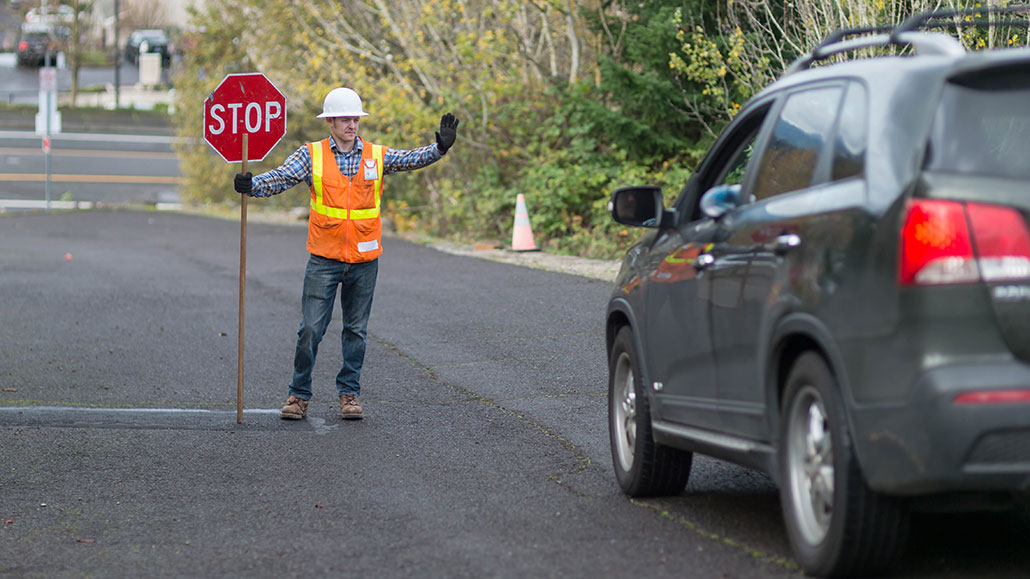acceleration: A change in the speed or direction of some object.
astronaut: Someone trained to travel into space for research and exploration.
equation: In mathematics, the statement that two quantities are equal. In geometry, equations are often used to determine the shape of a curve or surface.
expression: (in mathematics) A statement that involves combinations of numbers and/or letters (that signify numbers that may vary) and includes directions (or rules) about what to do with those numbers (such as add or divide them, take their logarithm or make combinations of them equal one another).
force: Some outside influence that can change the motion of a body, hold bodies close to one another, or produce motion or stress in a stationary body.
insect: A type of arthropod that as an adult will have six segmented legs and three body parts: a head, thorax and abdomen. There are hundreds of thousands of insects, which include bees, beetles, flies and moths.
mass: A number that shows how much an object resists speeding up and slowing down — basically a measure of how much matter that object is made from.
velocity: The speed of something in a given direction.









